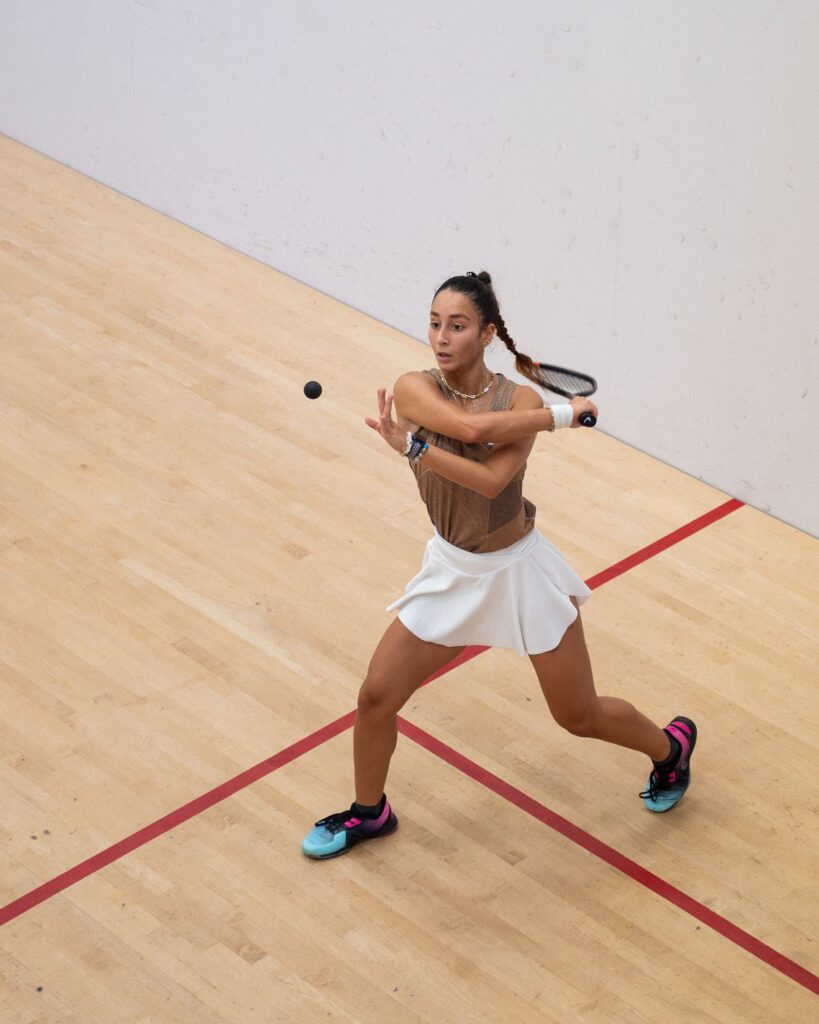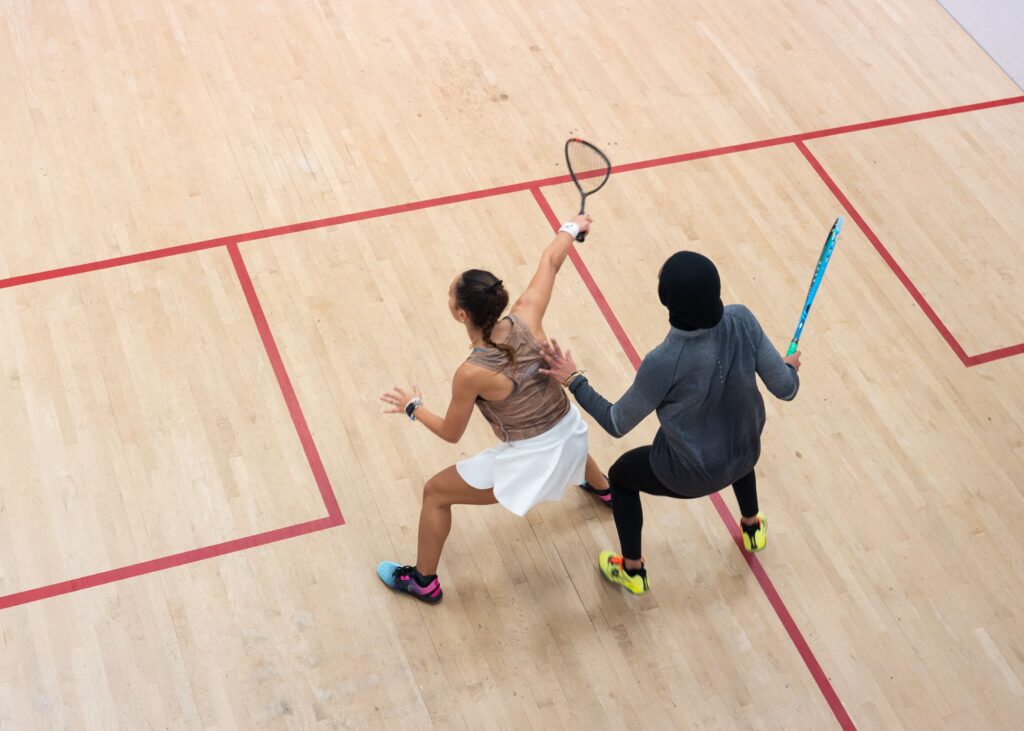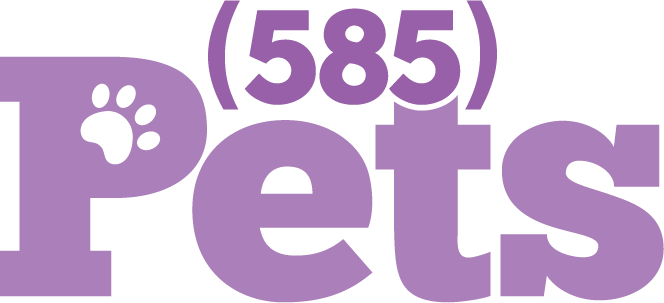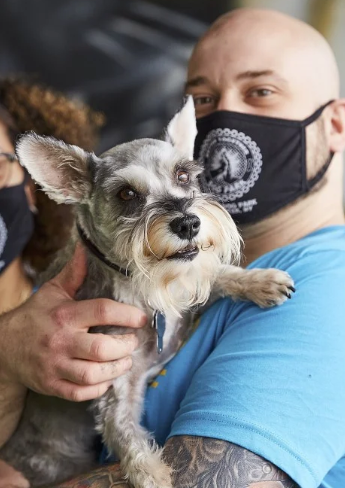
On any given day, the rhythmic thwack of squash balls can be heard on Rochester’s courts, drawing anyone from middle schoolers to seasoned pros. While squash may not gather the same attention as tennis or pickleball, this fast-paced, dynamic racquet sport is quietly carving out a spot in the Rochester area.
Nationwide, squash is experiencing explosive growth, with its debut in the 2028 Los Angeles Olympics on the horizon and high school and college squash programs expanding rapidly. In Rochester, there are several local facilities already offering squash courts, including three courts at the Genesee Valley Club (GVC), five at the University of Rochester (UR), and two at Midtown Athletic Club. However, unlike nearby cities like Buffalo, Rochester has not yet fully tapped into the sport’s potential. Programs such as 716 Squash—a program providing wraparound education, mentoring support, and health and wellness activities for kids elementary school age onward serve as a model for local organizations such as Rochester Community Squash (RCS), which is eager to grow the sport here.
After fifteen years working for US Squash, one of RCS executive director Dent Wilkins’s top goals is expanding squash’s reach among Rochester’s youth.
“[We want] to use the sport as a way to kind of bring them in and give them a healthy activity and a safe space but also provide wraparound services, including academic support and all that,” Wilkins says.
The growth of junior squash in the United States is undeniable, with more than 300 high school squash teams nationwide, and a 150 percent increase in junior participation over the past fifteen years. Wilkins emphasizes the importance of deep youth mentoring, especially for those from under-resourced communities. One standout success was RCS’s summer collaboration with the Education Success Foundation, a Rochester nonprofit organization that focuses on providing resources that promote achievement and improve educational outcomes for students.
“We had a bunch of middle schoolers trying to squash on these rebound nets, introducing a lot of kids to the sport, letting them have fun,” Wilkins says. “We want to do more programs with them in the winter and spring and kind of begin to pivot that into future school programs as we have our facility built.”
RCS’s new facility in Rochester will be a game-changer, featuring more than eight squash courts, community commons, classroom spaces, and additional sports. In the meantime, the conversion of racquetball courts into squash courts has proven to be a cost-effective way to increase access, requiring just a few simple adjustments to court lines and walls.
As these developments progress for youth, squash’s growing energy in Rochester was recently showcased by the Genesee Valley Club Open 2024 professional women’s squash tournament, a major milestone for the local squash scene. With a $6,000 prize and players from twelve countries, including Egypt, Brazil, India, and Sweden, the event attracted both rising stars and global attention.
Wilkins sees these tournaments as essential for maintaining the sport’s momentum.

“Any new energy and activity of squash is inherently great for Rochester because it means that we’ve got new people coming to watch. You’re exposing the sport to people that may not have seen it before, and you’re getting existing squash players excited to see this top-level play,” Wilkins says.
Success with the women’s tournament has already sparked plans to make it an annual event, with a women’s professional event each fall and a men’s event every spring. This vision is driven by partnerships between GVC, UR, and RCS, which see squash as more than just a sport—it’s a means of building community.
“That’s, at the end of the day, what any sport is for,” Wilkins says. “It’s a way to bring people together, have them stay healthy, and just pursue activities that enhance their life and well-being. It’s exciting to see the history in Rochester now pivot into things like the pro women’s event, which brought this great multicultural element with young women from around the world competing at our local clubs.”
Squash has the power to unite communities, fostering common ground among people from diverse backgrounds, while also emphasizing more sport-specific benefits such as teamwork, mutual respect, and commitment. Each of which play grand roles in Rochester’s ecosystem.
“In this very fragmented society we often have, sports are one of the few things that are a uniter,” Wilkins says. “Anything in this world that creates these points of connections and unites communities, we need to hold on really tight to and figure out what we can enhance.”
Looking toward the future, there is a shared focus on increasing accessibility through school programs and collaboration between facilities. The GVC’s recent women’s tournament is just the beginning. With more opportunities for both youth and adults in the works, Rochester’s squash scene is set to become a key asset for the community, bringing people together in the spirit of the game.
Racquet sports in Roc
In recent years paddle and racquet sports have surged in popularity across the United States. Each sport has distinct rules, court sizes, and equipment, while bringing unique variations of hand-eye coordination and teamwork to the court. These are some of the most popular paddle and racquet sports growing in the US:
•Tennis—One of the most popular racquet sports globally, consisting of two players (singles) or four (doubles) against each other, with the goal of strategically landing the ball within the opponent’s court without facing their return.
•Badminton—Involves players using lightweight racquets to volley a shuttlecock across a net, aiming to land it on the opponents’ court or force an error.
•Pickleball—A paddle sport that combines elements of tennis, badminton, and table tennis. Two or four players use a smooth-fade paddle to hit a perforated hollow plastic ball over the next until one side is unable to return the ball or forces an error.
•Paddle (platform tennis)—An outdoor racquet sport that is played mostly in winter, as the “deck” (the court surface) has a sandpaperlike texture and a heating system underneath to prevent ice formation. Scoring is the same as tennis, however the court is much smaller, the outer edge is surrounded by a wire fence that balls can be played off of, and there is only one serve allowed.
•Table tennis—Derived from tennis, players volley a hollow ball with small racquets over a net that divides a stationary tabletop in half, rather than a court on which players stand.
•Beach tennis—A fusion of tennis and beach volleyball. Using tennis racquets and a depressurized tennis ball, the gameplay is comprised entirely of volleys, as the ball must not touch the ground.
This article originally appeared in the January/February 2025 issue of (585).
Views: 81






